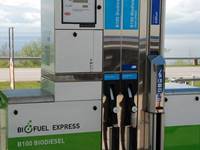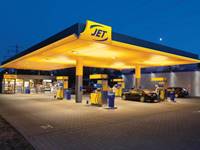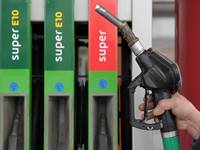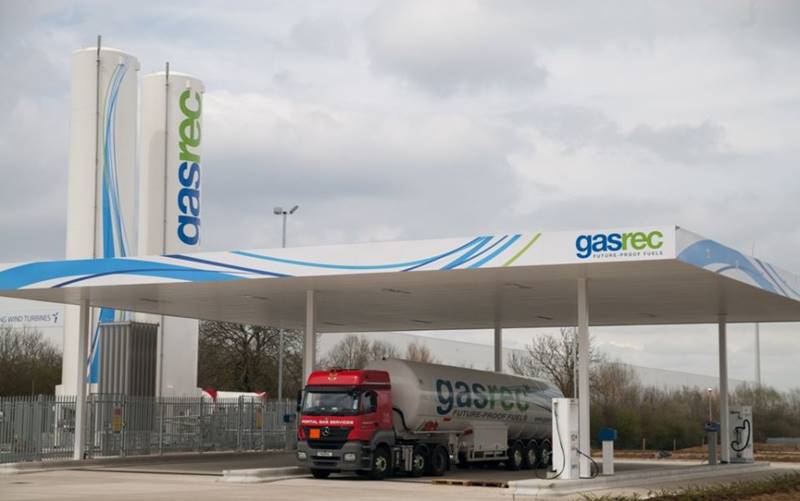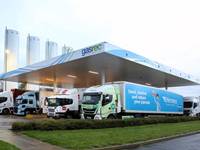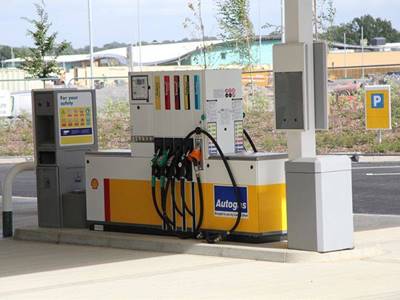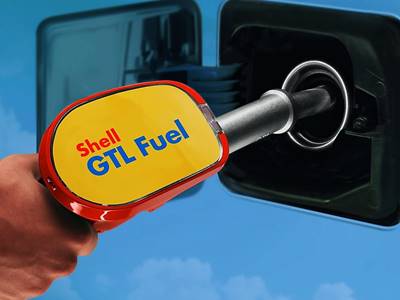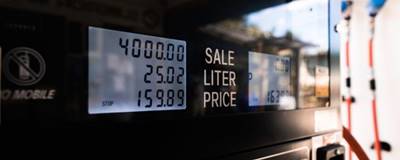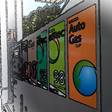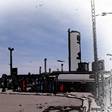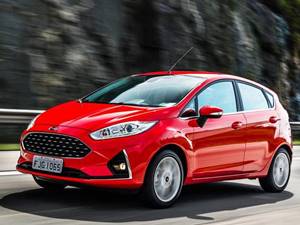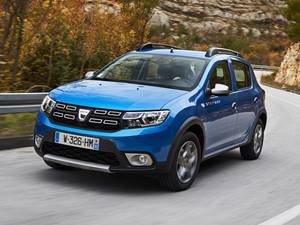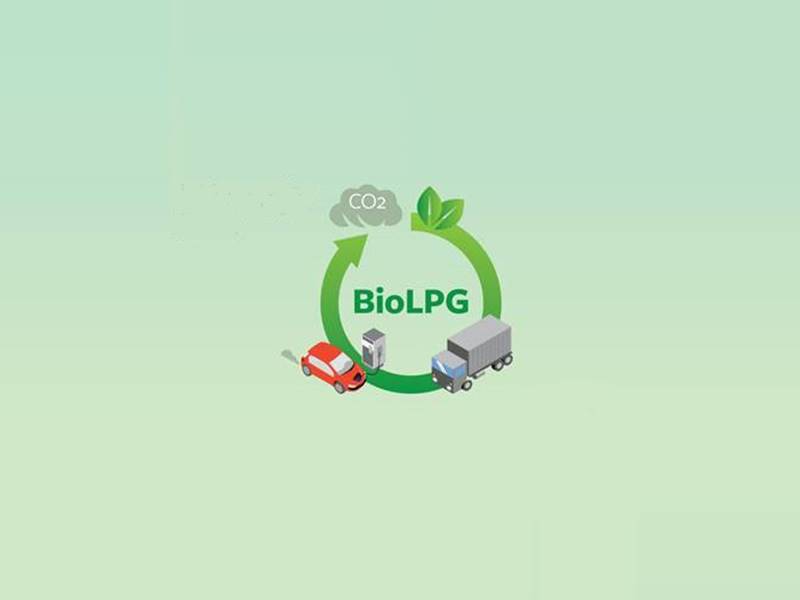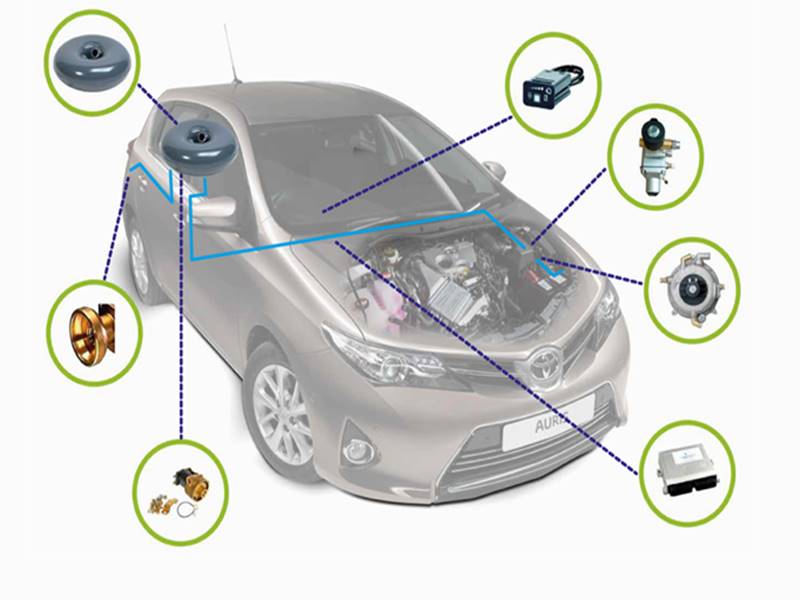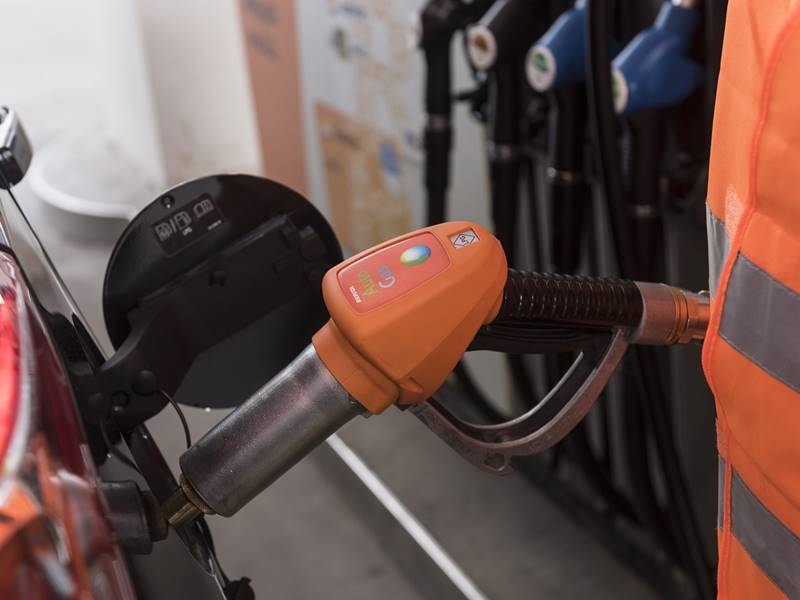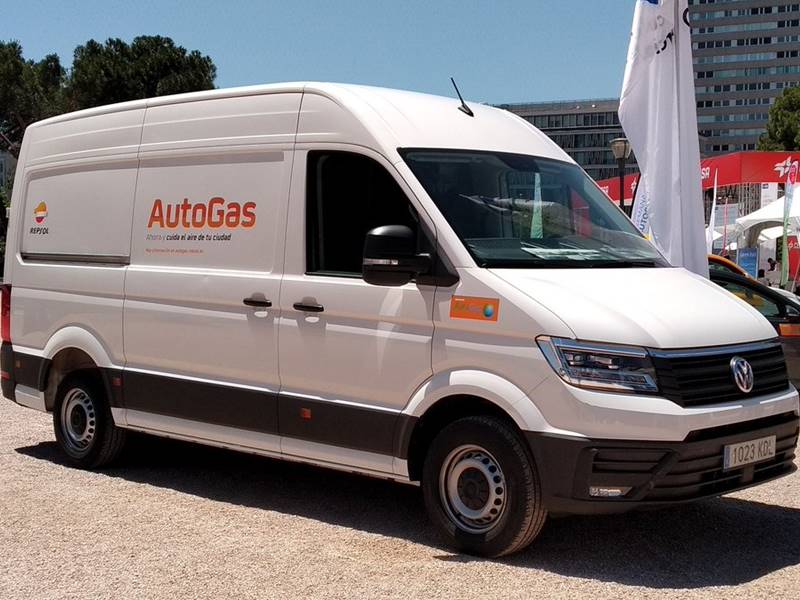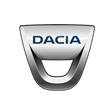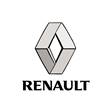where to refuel alternative fuels
Convert Diesel to LPG
Roman Frey 09:25 AM News
One of the consequences of the decrease in oil resources is the increase in the prices of the final products manufactured from it, such as gasoline and diesel. Therefore, it is necessary to find solutions to reduce the consumption of fossil fuels.
High fuel costs are also a topic of debate in truck transport where the price of diesel accounts for a large part of operating costs. Trucks typically use a high-volume diesel engine where fuel consumption often exceeds the 30-litre/100km limit.
One way to reduce fuel consumption is a dual fuel Diesel with LPG system. The added fuel does not replace the original fuel, but only a part of it. As Autogas prices are around half of diesel, the use of a mixture of fuels is ultimately reflected in the cost of operations.
According to manufacturers, the use of diesel-gas can also provide other benefits such as increased power and torque and reduced emissions.
Theoretically, the mixture of Diesel plus LPG in an engine has a simple application:
- As a general rule, LPG is mixed with the air admitted by the engine before entering the combustion chamber
- There are systems that inject LPG through dedicated injectors that incorporate LPG directly into the combustion chamber
- This injection is done at one revolution rate, not full arc, typically between 800 and 1700 revolutions per minute. Below these revolutions the LPG is not added, and above neither. Therefore, this solution is ideal when the engine works constantly, having less efficiency when the uses force the engine to vary the revolutions constantly.
When the equipment is installed to be able to use LPG in a diesel engine, as a general rule, 5 elements are added to the engine system:
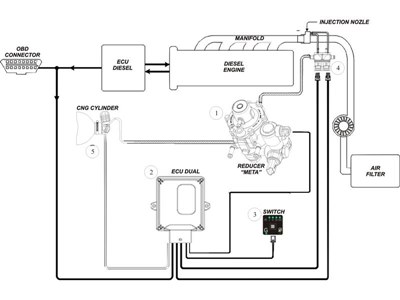
Theoretically, the mixture of Diesel plus LPG in an engine has a simple application:
- 1.- Vaporizer: It is in charge of transforming the LPG from liquid to gaseous, regulating the pressure for the optimal functioning of the system. It is provided with a safety valve and a temperature sensor, obtaining the necessary heat for the transformation through the engine coolant.
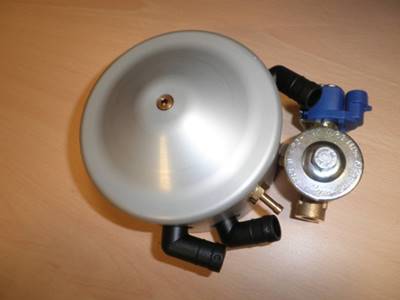
- 2.- ECU: It is a control unit with a system pre-programmed by the manufacturer that does not interfere with the original programming of the vehicle. In the mixing operation, the device provides all the necessary data for optimal driving, together with the gas control system that calculates the necessary amount of gas at each instant. The software takes the data from the truck's own CANBUS, so it is a "slave" of it and foreign elements are not installed in the engine that could cause malfunctions in the event of deviations in its values.

- 3.- Switch: The Switch allows the driver to easily change the fuel to be used at will, as well as indicating the level of LPG in the tank. Some manufacturers include a simple display to see if the system is operating at the correct RPM level.

- 4.- Injector: From the gasifier this gas is conducted to the injector (or injectors in the case of multipoint) which incorporates it at the intercooler outlet immediately before the intake manifold with a countercurrent flow to mix it homogeneously with the air and enrich the mixture with the diesel inside the cylinder, with which a total use of this fuel is achieved, achieving a greater optimization of its performance, thus achieving a saving of 25-30% of diesel that is replaced by the quantity equivalent of LPG with a price that is almost half that of diesel.
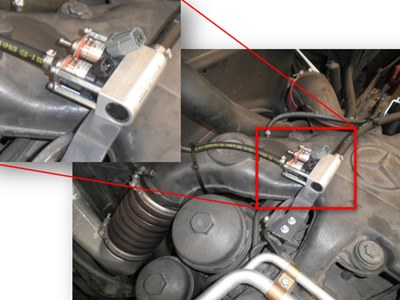
- 5.- Tank: It is used as storage for LPG in liquid state. It can only be filled up to 80% of its total volume. Being the heaviest element of the kit, its weight varies according to the size of the tank to be installed, for example: A 250 liter tank would weigh 86 kg empty and 197 kg full. The size of the tank will depend on the available space and the autonomy required, as a reference a 250 l tank. in a truck it would be equivalent to a tank of 400 liters of diesel.
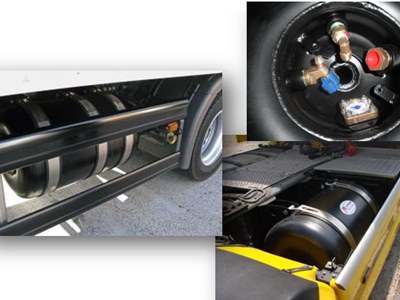
The installation of the equipment does not interfere with the original system of the vehicle and one of the homologations to be carried out is that the performance does not vary with respect to the original performance of the vehicle, in terms of power
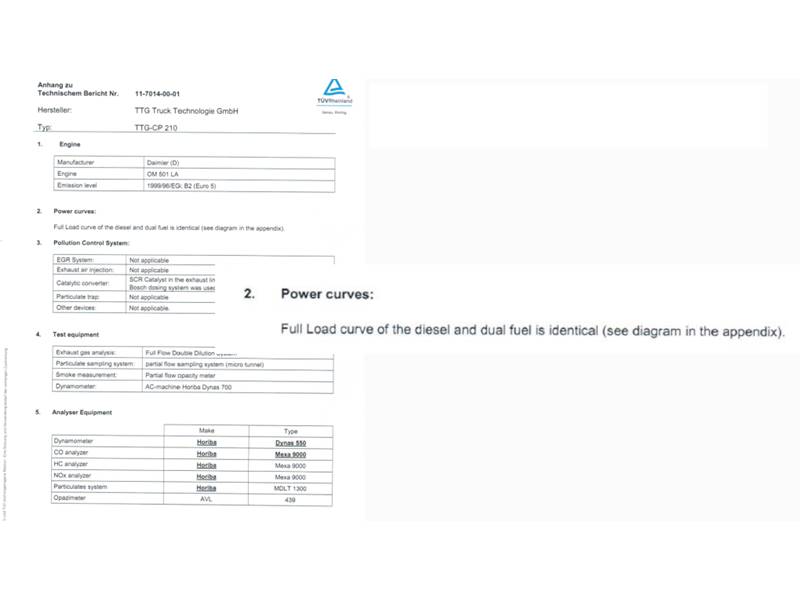
So the advantage of using LPG with Diesel is summarized in:
- Economic Advantage: A part of the Diesel is replaced by LPG and the difference in price is the savings. Although it is true that in the mixture the performance of the engine increases and the overall consumption decreases. Depending on the price of fuel and the use that is given to the engine, the economic savings are around 20-30%
- Ecological Advantage: LPG ensures that a greater amount of Diesel is used in the carburation process, so that combustion will be more complete, therefore having less waste.
- NOx emissions: The reduction of emissions of this pollutant (responsible for respiratory problems in cities) is reduced by 60-70%.
- CO2 emissions: The reduction is more moderate in this case but still around 25%
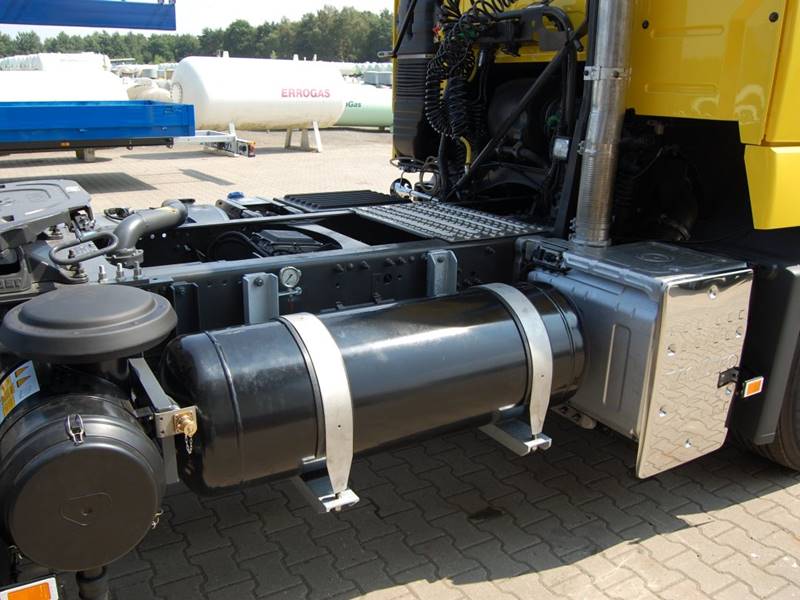
Not being a perfect solution, the truth is that adapting to DUAL-FUEL (as it is called) Diesel+LPG improves the environmental results of any Diesel engine as well as the economic ones
One of the consequences of the decrease in oil resources is the increase in the prices of the final products manufactured from it, such as gasoline and diesel. Therefore, it is necessary to find solutions to reduce the consumption of fossil fuels.
High fuel costs are also a topic of debate in truck transport where the price of diesel accounts for a large part of operating costs. Trucks typically use a high-volume diesel engine where fuel consumption often exceeds the 30-litre/100km limit.
One way to reduce fuel consumption is a dual fuel Diesel with LPG system. The added fuel does not replace the original fuel, but only a part of it. As Autogas prices are around half of diesel, the use of a mixture of fuels is ultimately reflected in the cost of operations.
According to manufacturers, the use of diesel-gas can also provide other benefits such as increased power and torque and reduced emissions.
Theoretically, the mixture of Diesel plus LPG in an engine has a simple application:
- As a general rule, LPG is mixed with the air admitted by the engine before entering the combustion chamber
- There are systems that inject LPG through dedicated injectors that incorporate LPG directly into the combustion chamber
- This injection is done at one revolution rate, not full arc, typically between 800 and 1700 revolutions per minute. Below these revolutions the LPG is not added, and above neither. Therefore, this solution is ideal when the engine works constantly, having less efficiency when the uses force the engine to vary the revolutions constantly.
When the equipment is installed to be able to use LPG in a diesel engine, as a general rule, 5 elements are added to the engine system:

Theoretically, the mixture of Diesel plus LPG in an engine has a simple application:
- 1.- Vaporizer: It is in charge of transforming the LPG from liquid to gaseous, regulating the pressure for the optimal functioning of the system. It is provided with a safety valve and a temperature sensor, obtaining the necessary heat for the transformation through the engine coolant.
- 2.- ECU: It is a control unit with a system pre-programmed by the manufacturer that does not interfere with the original programming of the vehicle. In the mixing operation, the device provides all the necessary data for optimal driving, together with the gas control system that calculates the necessary amount of gas at each instant. The software takes the data from the truck's own CANBUS, so it is a "slave" of it and foreign elements are not installed in the engine that could cause malfunctions in the event of deviations in its values.
- 3.- Switch: The Switch allows the driver to easily change the fuel to be used at will, as well as indicating the level of LPG in the tank. Some manufacturers include a simple display to see if the system is operating at the correct RPM level.

- 4.- Injector: From the gasifier this gas is conducted to the injector (or injectors in the case of multipoint) which incorporates it at the intercooler outlet immediately before the intake manifold with a countercurrent flow to mix it homogeneously with the air and enrich the mixture with the diesel inside the cylinder, with which a total use of this fuel is achieved, achieving a greater optimization of its performance, thus achieving a saving of 25-30% of diesel that is replaced by the quantity equivalent of LPG with a price that is almost half that of diesel.

- 5.- Tank: It is used as storage for LPG in liquid state. It can only be filled up to 80% of its total volume. Being the heaviest element of the kit, its weight varies according to the size of the tank to be installed, for example: A 250 liter tank would weigh 86 kg empty and 197 kg full. The size of the tank will depend on the available space and the autonomy required, as a reference a 250 l tank. in a truck it would be equivalent to a tank of 400 liters of diesel.



The installation of the equipment does not interfere with the original system of the vehicle and one of the homologations to be carried out is that the performance does not vary with respect to the original performance of the vehicle, in terms of power

So the advantage of using LPG with Diesel is summarized in:
- Economic Advantage: A part of the Diesel is replaced by LPG and the difference in price is the savings. Although it is true that in the mixture the performance of the engine increases and the overall consumption decreases. Depending on the price of fuel and the use that is given to the engine, the economic savings are around 20-30%
- Ecological Advantage: LPG ensures that a greater amount of Diesel is used in the carburation process, so that combustion will be more complete, therefore having less waste.
- NOx emissions: The reduction of emissions of this pollutant (responsible for respiratory problems in cities) is reduced by 60-70%.
- CO2 emissions: The reduction is more moderate in this case but still around 25%

Not being a perfect solution, the truth is that adapting to DUAL-FUEL (as it is called) Diesel+LPG improves the environmental results of any Diesel engine as well as the economic ones

